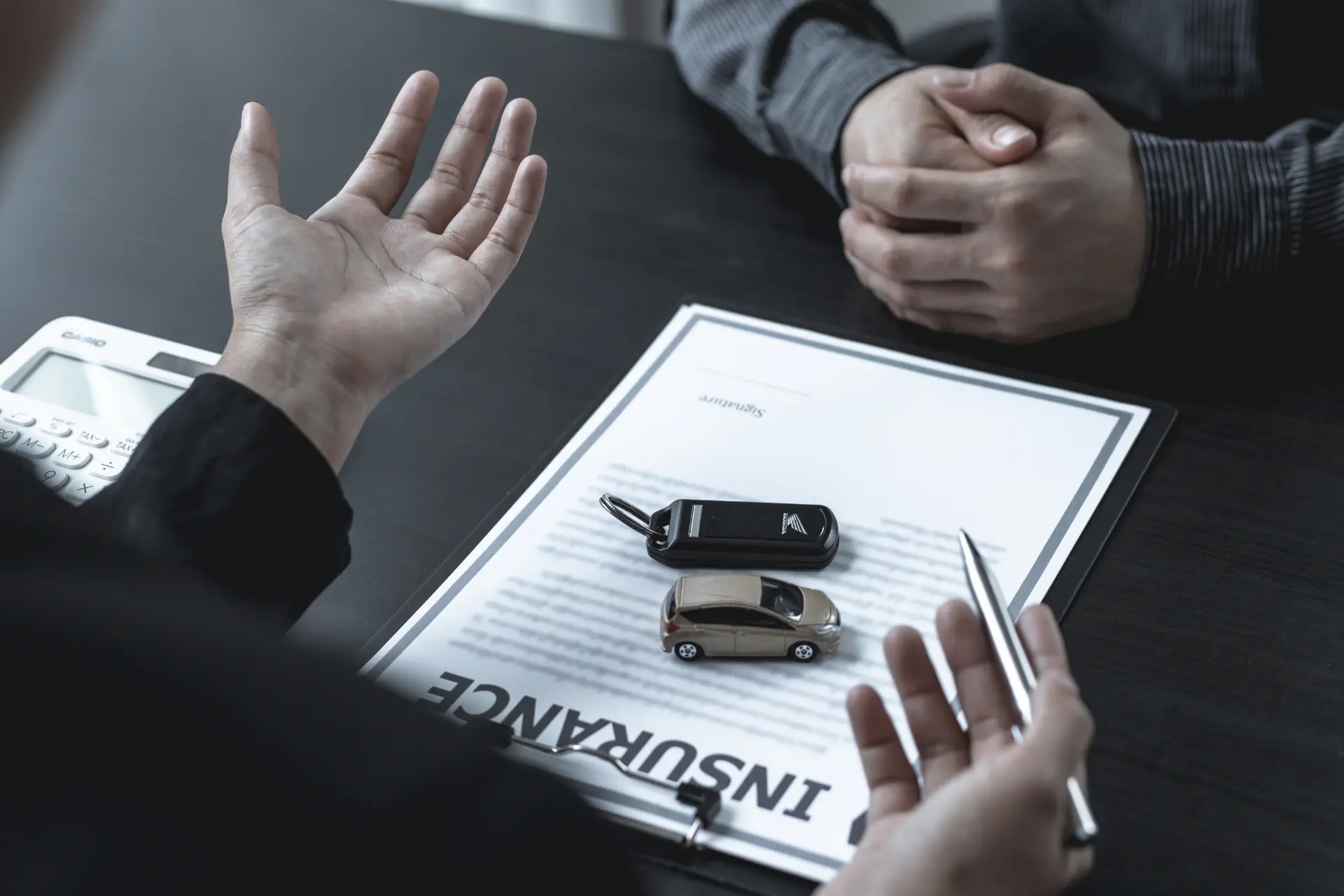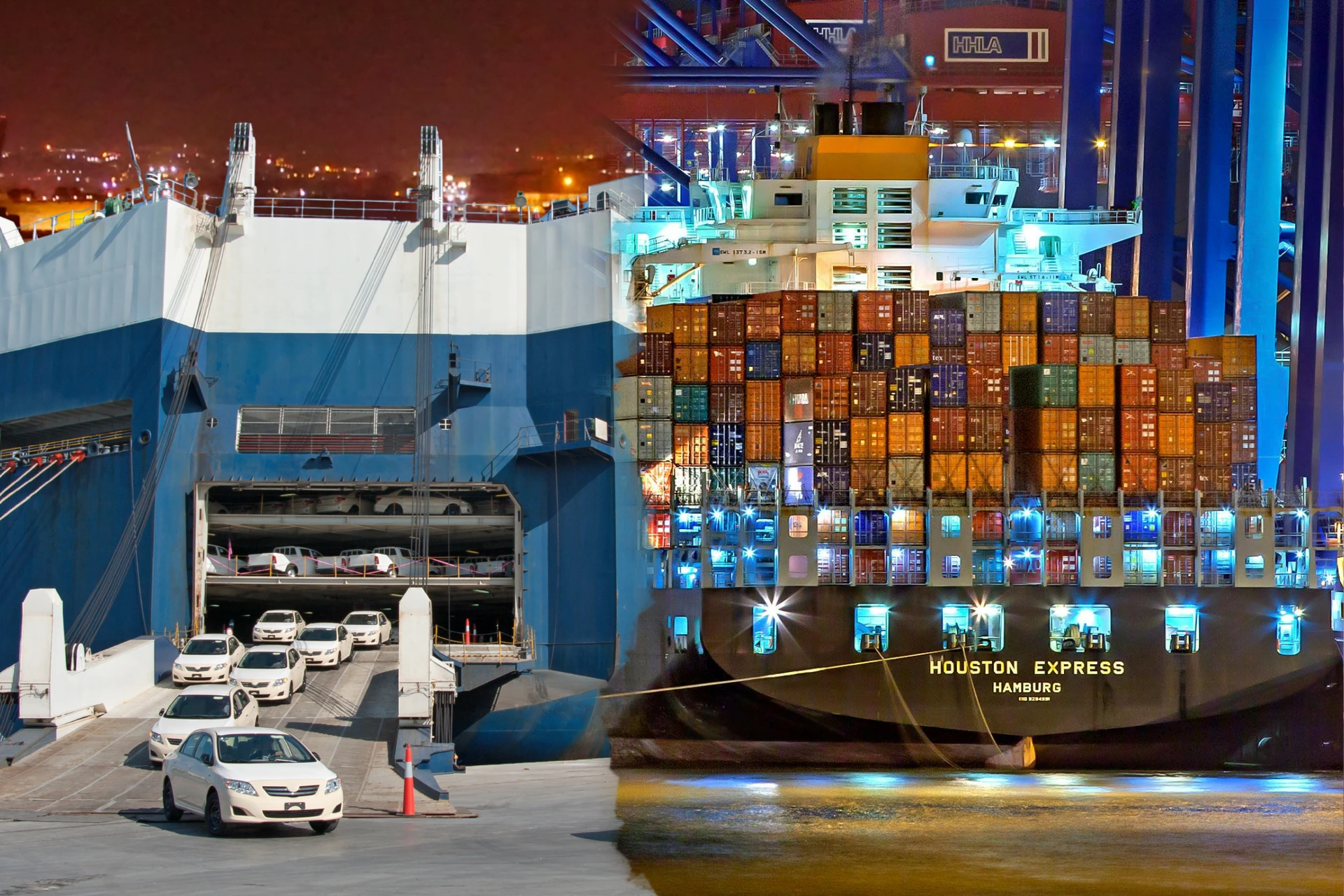
Whether you’re moving cross-country or purchasing a vehicle from another state, shipping your car comes with some risk. That’s why car shipping insurance in the USA is a must-have—not just a bonus. But what does it actually cover? And what’s not included?
In this guide, we break down the basics of auto transport insurance coverage, your rights as a customer, and how to protect your vehicle before, during, and after transport.
What’s Typically Covered by Auto Transport Insurance?
Here’s what most standard vehicle transport insurance policies in the USA cover:
1. Exterior Damage
-
Scratches, dents, or dings caused by loading/unloading or shifting during transit
-
Damage from accidental impacts or carrier mishandling
2. Collision or Road Accidents
If the transport truck is involved in an accident, the insurance should cover your car’s damage.
3. Fire, Theft, or Vandalism
This may be covered under cargo insurance, depending on the policy limits and deductibles.
4. Weather-Related Damage (Sometimes)
Storm or hail damage may be included, but only under certain policies—especially for open carrier transport.
Important: Always ask your carrier for a copy of their Certificate of Insurance (COI).
What’s Not Covered by Car Shipping Insurance?
There are also many exclusions you should be aware of:
1. Personal Belongings Inside the Car
Most carriers do not allow personal items inside the vehicle and will not cover theft or damage to belongings.
2. Mechanical or Internal Issues
If your car develops engine trouble or electrical failure during transport, it’s not covered unless caused directly by the shipper’s negligence.
3. Pre-existing damage
If it wasn’t documented on the Bill of Lading (BOL) during pickup, it won’t be eligible for claims.
4. Acts of God / Force Majeure
Natural disasters like floods, earthquakes, or hurricanes may not be covered unless you purchase additional insurance.
5. Custom Parts or Modifications
Spoilers, roof racks, or body kits might not be covered unless specifically declared and insured.
How to Protect Your Vehicle Before Shipping
To make the most of your insurance, here’s what you should do before shipping your car:
1. Ask for Proof of Insurance
Request the carrier’s Certificate of Insurance and verify:
-
Liability coverage (up to $1 million is common)
-
Cargo coverage limits
-
Deductibles and exclusions
2. Document Your Vehicle’s Condition
Take high-quality photos and videos from all angles, including interior and undercarriage. Time-stamp your files and store them securely.
3. Clean Your Car
A clean vehicle makes it easier to spot existing or new damage.
4. Remove Personal Items
Even if the company allows it, insurance will not cover your personal belongings.
5. Review the Bill of Lading Carefully
Before signing at pickup or delivery, inspect the car and note any damage on the BOL.
Should You Buy Extra Insurance?
Yes—especially if:
-
You own a luxury, exotic, or classic car
-
Your car’s value exceeds the transporter’s cargo insurance limits
-
You’re concerned about natural disasters or theft
-
You’re shipping long-distance or internationally
Third-party insurance providers offer supplemental cargo insurance to fully protect your vehicle.
What Is the Bill of Lading, and Why Is It Important?
The Bill of Lading (BOL) is your legal document that proves the condition of your vehicle before and after transport. It must be signed by both the driver and the customer. If you find damage at delivery, it must be:
-
Documented on the BOL
-
Supported by photos
-
Reported immediately
This document is essential for filing any insurance claim.
FAQ: Car Shipping Insurance in the USA
1. Is car shipping insurance included in the transport cost?
Yes. Licensed carriers are required to include basic cargo and liability insurance in their service. But you should always verify the coverage limits and what is included.
2. How do I know if a car shipping company is insured?
Ask for their Certificate of Insurance and check their USDOT number in the FMCSA database for licensing and insurance status.
3. What should I do if my car is damaged during transport?
-
Don’t sign the Bill of Lading unless damage is noted
-
Take clear photos at the time of delivery
-
Submit a written claim to the carrier or their insurance company
-
Follow up within their claim window (usually 7–14 days)
4. Does my personal auto insurance cover car shipping?
Not usually. Some policies may offer minimal coverage for towing or transport, but it’s not a substitute for carrier insurance.
5. Can I add extra insurance for more protection?
Yes, many companies offer additional or third-party insurance to cover high-value vehicles, natural disasters, or full replacement value.
6. What happens if the transporter’s insurance isn’t enough?
You’ll be responsible for the difference unless you purchased supplemental insurance. That’s why verifying coverage limits is crucial before booking.
Final Thoughts: Don’t Skip the Fine Print
Car shipping isn’t just about getting from point A to B—it’s about making sure your car arrives safely and without surprises. Knowing what’s covered, what’s not, and how to handle a damage claim gives you the peace of mind you need during the auto transport process.
Before you hand over your keys, make sure your car shipping insurance in the USA has your back.














